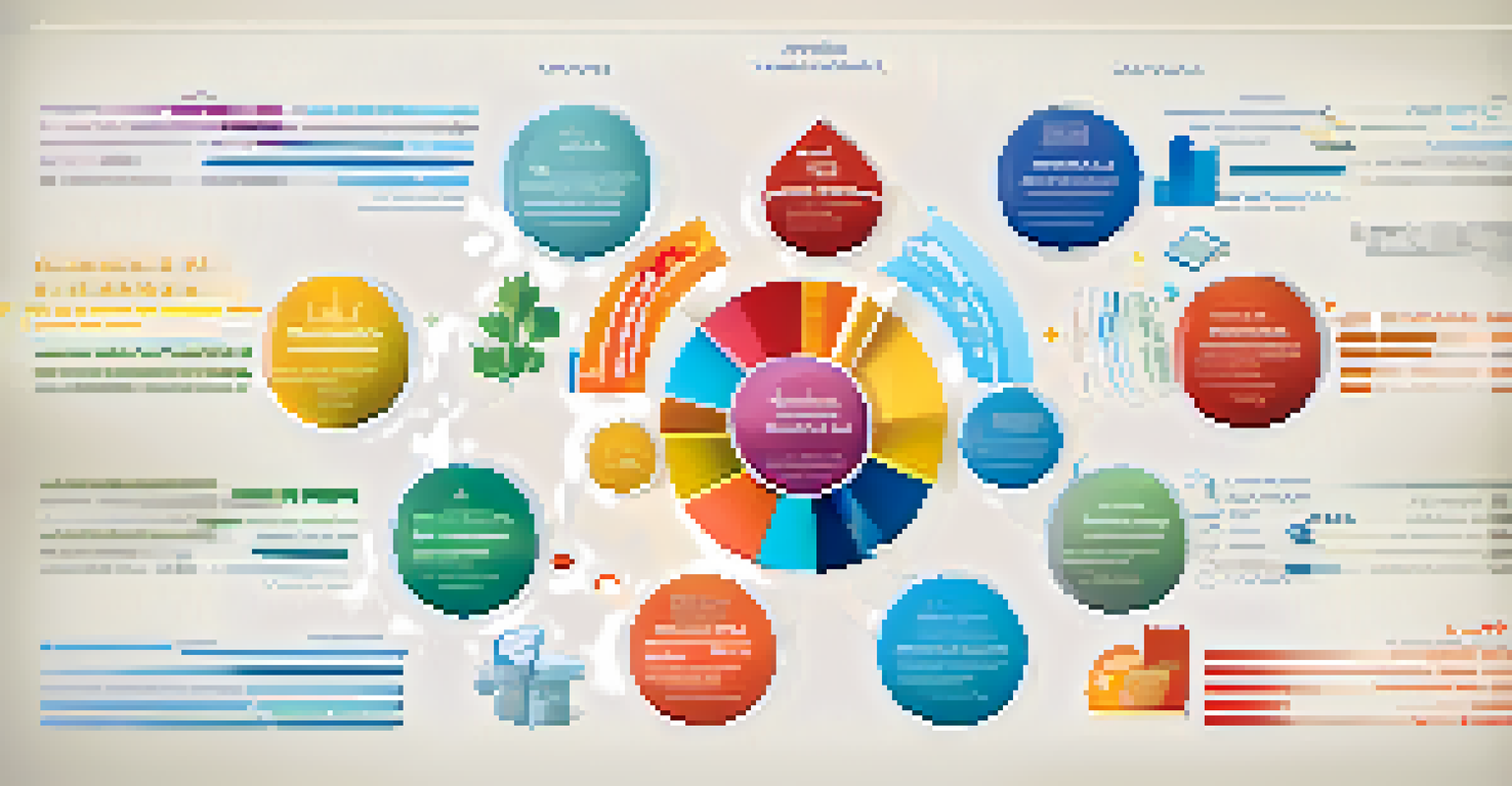How Dividends Are Taxed: A Guide for Investors

What Are Dividends and Their Importance for Investors?
Dividends are payments made by a corporation to its shareholders, typically derived from profits. They represent a way for companies to share their success with investors, making them an attractive option for those looking for income. For many investors, dividends can provide a steady cash flow, especially in retirement.
In investing, what is comfortable is rarely profitable.
Understanding dividends is crucial because they can significantly influence your overall investment strategy. They can offer both income and potential for capital appreciation, allowing investors to benefit from the best of both worlds. This dual benefit is one reason why many people are drawn to dividend-paying stocks.
In essence, dividends can be seen as a reward for investing in a company. However, it's essential to understand how these profits are taxed, as this can affect the net income you receive. Let's dive into the different types of dividends and how they are taxed.
Types of Dividends: Ordinary vs. Qualified
Dividends generally fall into two categories: ordinary and qualified. Ordinary dividends are the most common type and are taxed at your regular income tax rate. This means they can be subject to higher tax rates, depending on your tax bracket.

Qualified dividends, on the other hand, come from stocks held for a specific period and are taxed at the lower long-term capital gains tax rate. This can be a significant advantage for investors looking to maximize their returns. To qualify, you must hold the stock for at least 61 days during the 121-day period surrounding the ex-dividend date.
Understanding Dividend Types
Dividends can be categorized as ordinary or qualified, with qualified dividends offering potential tax benefits.
Understanding the distinction between these types of dividends can help you make informed investment decisions. By focusing on qualified dividends, you can potentially reduce your tax burden and increase your overall returns.
How Dividend Tax Rates Work
Dividend tax rates can vary based on several factors, including your income level and the type of dividend. For ordinary dividends, the tax rates align with your regular income tax brackets, which can range from 10% to 37% as of 2023. This is something to keep in mind as you plan your investment strategy.
The stock market is filled with individuals who know the price of everything, but the value of nothing.
In contrast, qualified dividends are taxed at a lower rate, typically 0%, 15%, or 20%, depending on your taxable income. This means that for high-income earners, qualified dividends can significantly reduce the amount of tax owed compared to ordinary dividends. Understanding these rates is crucial for optimizing your investment income.
It's essential to stay informed about any changes to dividend tax rates, as tax laws can evolve. Keeping an eye on these shifts can help you make timely adjustments to your investment portfolio, ensuring you keep as much of your earnings as possible.
Impact of State Taxes on Dividends
In addition to federal taxes, state taxes can also impact how much you keep from your dividends. Each state has its own tax laws, and some may tax dividends at a different rate than ordinary income. This can create a significant difference in your overall tax liability depending on where you live.
For example, states like Florida and Texas do not impose a state income tax, making them more favorable for dividend investors. On the other hand, states with higher income tax rates may take a larger chunk out of your dividend income. Understanding your state's tax implications can help you make informed decisions about where to invest.
Tax Rates Impact Return
Dividend tax rates vary based on income and type, significantly affecting your overall investment strategy.
As you consider your investment strategy, be sure to factor in both federal and state taxes. This comprehensive approach will provide a clearer picture of your net income from dividends and help you make the best choices for your financial goals.
Tax-Advantaged Accounts and Dividend Taxation
Investing through tax-advantaged accounts can significantly alter the taxation of your dividends. For instance, dividends earned within a Roth IRA or a Traditional IRA are not subject to annual taxation. This means your investment can grow tax-free or tax-deferred, depending on the type of account you choose.
Using these accounts can be a smart strategy for long-term investors, as it allows you to keep all your earnings without worrying about annual tax implications. This approach can effectively amplify your investment growth, especially if you reinvest your dividends.
It's essential to understand the rules governing these accounts, including contribution limits and withdrawal implications. By making the most of tax-advantaged accounts, you can optimize your dividend income and enhance your overall investment strategy.
Reporting Dividends on Your Tax Return
When tax season rolls around, reporting dividends is an important task for investors. Companies typically send out Form 1099-DIV, which details the dividends you've received throughout the year. This form is crucial for accurately reporting your dividend income on your tax return.
You'll need to report both ordinary and qualified dividends on your return, and they will be included in your total taxable income. Depending on your tax situation, you may need to fill out additional forms to calculate the tax owed on qualified dividends. Staying organized and aware of these requirements can save you time and stress come tax season.
Tax-Advantaged Accounts Matter
Using tax-advantaged accounts like IRAs can help investors grow dividends without immediate tax implications.
If you're unsure about how to report your dividends or have questions about your tax situation, it might be wise to consult a tax professional. They can help ensure that you correctly report your dividends and take advantage of any applicable deductions or credits.
Strategies to Minimize Dividend Tax Impact
While paying taxes on dividends is unavoidable, there are strategies you can employ to minimize their impact. One effective approach is to focus on investing in qualified dividends, as they are taxed at lower rates. By prioritizing these investments, you can keep more of your earnings in your pocket.
Another strategy is to consider tax-loss harvesting, which involves selling investments that have lost value to offset the taxes owed on your dividend income. This can help reduce your overall tax liability and improve your investment returns. It's a proactive way to manage your portfolio while minimizing tax consequences.

Lastly, always stay informed about changes in tax laws and consider working with a financial advisor. They can provide insights tailored to your financial situation, helping you navigate the complexities of dividend taxation and optimize your investment strategy.